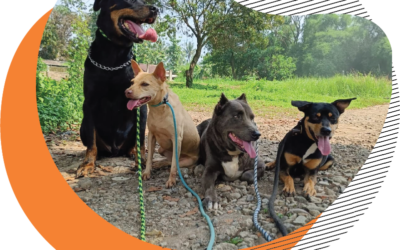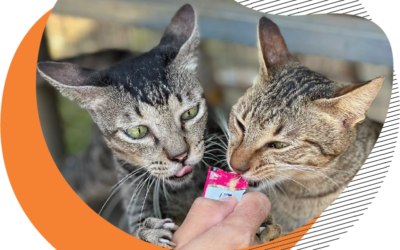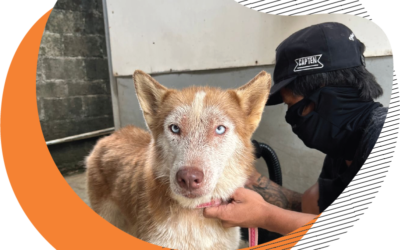
Encouraging Adoption: Shelter Design Strategies to Handle Capacity
By: Afif Fajar Zakariya, S.T., M.Ars.
– Arsitektur UPN Veteran Jawa Timur
Overcrowding is one of the main issues that shelters face. Too many animals are housed in a shelter that is overcrowded, which will lead to a host of new issues. Among these is the challenge of maintaining the shelter’s cleanliness and disease-free status. The Humane Society of the United States (HSUS) estimates that caring for one animal every day or four animals in an hour takes roughly fifteen minutes. You can therefore imagine how much work the employees who run the shelter have to do if there are 100 animals there.
Expanding the shelter area won’t work to address the issue of overcrowded shelters. Adoption works best because, no matter how large and roomy the shelter is, it will always be overcrowded if there are no animals available for adoption.
Adopting an animal can be encouraged more when a shelter is designed well. The following are a few strategies that can be used to improve the adoption of design:

1. The Value of a Shelter’s Initial Impressions
A shelter serves as a gathering place for people and animals in the hopes that by making a positive first impression, the shelter will win over the candidates’ affection for the animals. adopters. Important areas include the lobby of the shelter and the area front the building. Bright hues, open areas, glass doors, and a lovely setting all work to generate a favourable impression and dispel the idea of an animal sanctuary that resembles a “prison”.
Both people and animals’ needs can be met in the roomy foyer. It is intended that there will be viewing spaces, that guests will feel welcome, and that the requirements and care of the animals will be met animal interactions to take place face-to-face.
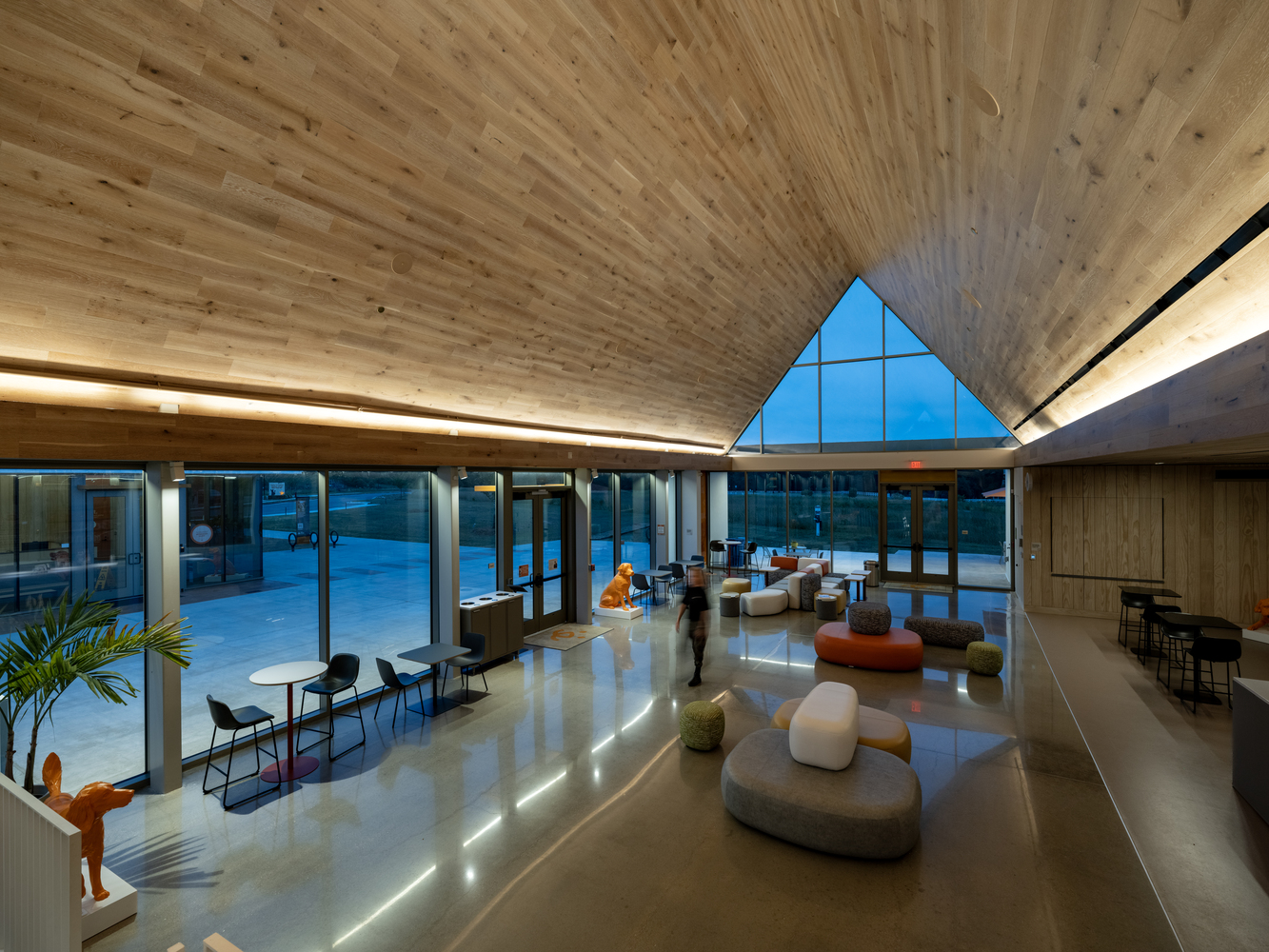
2. The design of the shelter exudes a cosy and pleasant vibe.
The setting of the shelter ought to be planned to draw people in and aid in calming the animals. A healthy atmosphere will be produced by the use of natural lighting, an outside space for games and activities, cosy seats for guests to mingle, and a comfortable spot for staff and volunteers to congregate and relax.
The RA-DA-designed Pet Resource Centre has an educational section, a store that offers goods in addition to necessities for animals, and even a small café so that guests can engage with animals face-to-face, feel more at ease, and develop a feeling of community so they can take care of each other’s animals and shelters. Adopting animals may be encouraged by this welcoming and upbeat atmosphere.
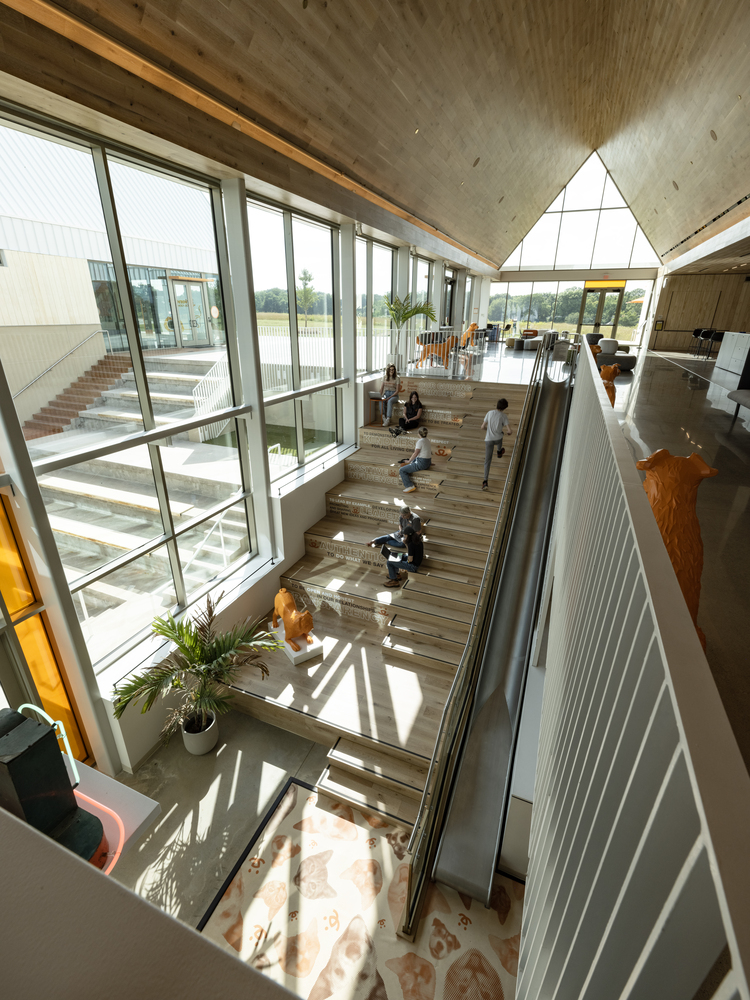
3. Restricting Public Showing of Animals
Reducing the number of animals displayed to the public is a factor that determines how quickly an individual decides to adopt an animal from a shelter, according to study conducted by the Greenville Humane Society (GHS). Ten adoptable animals are allotted by GHS to be shown to possible adopters. They use the space since it is not overly small, which makes it more private and quiet and makes it simpler to maintain hygiene and lower the danger of illness. In order to provide for the fastest possible replacement of an adopted animal, other animals that are also available for adoption are kept apart in a nearby location.

Source :
Humane Society of the United States (HSUS), (n.d.), Determining and exceeding capacity.
HumanePro. https://humanepro.org/page/determining-and-exceeding-capacity
Perkins, Cary, (2018), Good shelter design is good for animals. HumanePro.
https://humanepro.org/blog/good-shelter-design-good-animals
Schlaffer, Lucinda, (2003), Design for Shelter Animals. Maddie’s Fund.
https://www.maddiesfund.org/design-for-shelter-animals.htm
Pintos, Paula, (2023), Pet Resource Center / RA-DA. ArchDaily.
https://www.archdaily.com/1005992/pet-resource-center-ra-da?ad_medium=gallery#
Sumber Gambar:
www.archdaily.com
Related Post :
Common Issues in Animal Shelters and Their Solutions
By: Drh.Mikeu PaujiahAnimal shelters play a vital role in providing protection and care for homeless animals. However, these shelters often face various challenges that can disrupt operations and impact the welfare of the animals within them.Here are some common...
Shelter Management Class: Equipping for the Future of Animals
Animal shelters play a crucial role in providing protection and care for animals in need. Effective management is essential to ensure animal welfare meets the highest standards. Training for shelter managers is vital. It is expected that they can efficiently manage...
4 Types of Waste in Animal Shelters
By : drh. Mikeu Paujiah and Maryam Smeer Translator : AWI TeamWaste is something that is no longer used and needs to be disposed of. Animal Shelters also produce waste that needs to be handled appropriately.In this article, let's talk about the types of waste that may...
Tips on How to Create a Happy Shelter for Animals
A shelter is a momentary place for animals. A shelter is a momentary place for animals. Animals in a shelter have different types and
backgrounds with far different stories which results in various behaviors; for example, an
animal struck in a car accident can be surrounded by a shelter and is likely to get stressed in
confinement compared to its previous life where it was free and uncaged.
The Kitten Bottle Feeding Guide
Help your staff and fosters provide the best
nutritional care for these tiny, sensitive neonate
kittens. Share this guide and tips with your kitten
caregivers to put their minds at ease, establish
easy-to-follow standards, and improve the
well-being of the kittens in their care.
Burnout On Animal Shelter Workers
Stress kerja sering kali terjadi pada pekerja sosial dan pekerja di tempat penampungan hewan. Padahal jika hal ini terjadi, para pekerja tidak akan mampu bekerja dengan maksimal. Sering merasa marah, hampa, tidak berguna,
kelelahan, yang mengakibatkan beberapa pekerja lebih senang menyendiri, mulai menarik diri dari lingkungan dan melarikan diri dengan obat-obatan terlarang.



